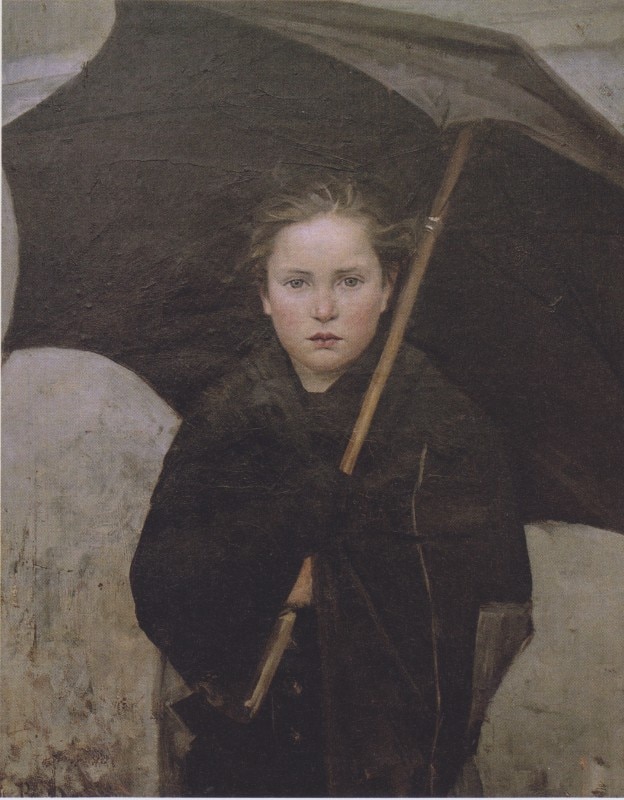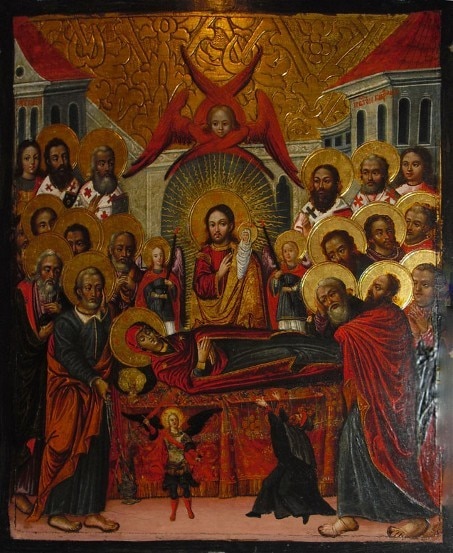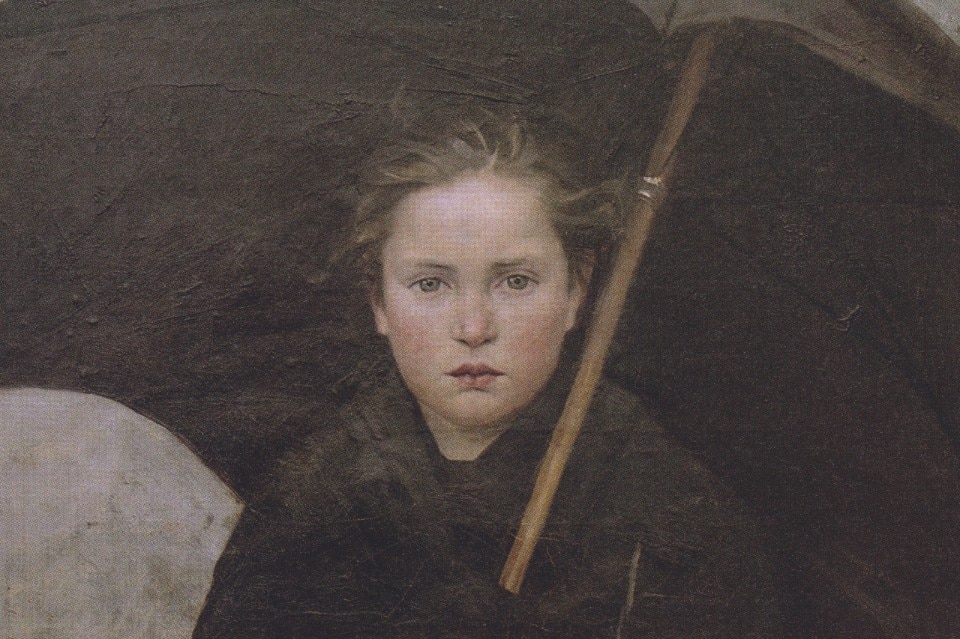“Here and there (in Sicily) I saw West and East cultures which were superimposed on one another and created a specific aura. The traces of cultures have disappeared from the surface of the earth, swept off by historical cataclysms, while in Sicily they existed next to each other within arm’s reach: they simply surrounded the traveler.”
Jarosław Iwaszkiewicz, a 20th-century Polish writer, described Ukraine as “a missed Sicily” because in its Byzantine, Arab, Norman, Roman and Greek mixture he saw the lost Kresy (borders) of his childhood and youth in a borderland, Ukraine, where various cultures met - Polish, Russian, Jewish and German - and which still today represents a complex ethno-cultural mix, the result of centuries-old processes destined to be swept away by the Russian Revolution.
Today we are witnessing a new war, where the old revolutions still play their part. Today’s politics, economics and geography, as well as the art of the past perfectly explain Iwaszkiewicz’s point of view, and retracing the story of this wounded country can help us understand it once again.

Marie Bashkirtseff was born in Gavroncy in 1858. She studied painting in Paris and travelled all over Europe. During her stay in France, she developed a bond with Guy de Maupassant, which made her take part in the Paris salons and in some way made her a protagonist of that lively artistic period. In her works, the European influence is palpable. She tells us about life in Europe, especially in her self-portraits, but it is in other paintings that her origins shine through.
The 1883 painting The Umbrella takes the narrative back to the artist’s roots. A little blond girl, with light, almost ice-cold eyes, is holding a black umbrella. The scene is simple, with few details. The landscape behind the girl is completely bare, poor, arid, and the coat she is wearing is too big for her, probably because it’s been passed down to her through generations, the patches on her elbows confirming this hypothesis. Her gaze is bold, courageous - it’s the gaze of someone well aware of a different, harder life, with the freezing temperatures making it even harder.
That painting is very different from all her other ones, although she did not make many of them. With The Umbrella, she’s abandoned all the lace and hats that characterize both her self-portraits and works depicting other subjects, especially women, and she’s returned to her homeland, Ukraine.
Russian culture, as it is defined in the history of art, is famous above all for its gold backgrounds, its icons and the stunning mosaics that decorate the churches. Ivan Rutkovych, a 17th-century Ukrainian artist, based all his work on the traditional Russian icons. Considered one of the founders of the Zhovkva iconographic school, he combined Ukrainian-Byzantine tradition with more secular and realistic European influences.

While the Baroque period was rising in Europe, in Ukraine, Rutkovych seemed not to feel its relevance at all. His Dormitio Virginis (1697-1699) sums up his style perfectly. The precious golden halos are punctuated by purple reds and the architecture supports the scene. The virgin in the centre interrupts the vertical rhythm, bringing attention back to Christ who is described as a man with almost unnatural physical features, the figure in fact being the most imposing in the work. Gold is the other subject of the scene, inserted with the sole intention of crushing the faithful, making them feel inferior to the moral majesty of the subjects portrayed.
In Europe, Caravaggio had already been gone for almost a century and the distortion of forms and subjects had changed the artistic dictates. The majestic bodies had given way to more human, simple figures, popular characters who embodied the saints, the Madonna and Christ, but Rutkovych wanted nothing to do with this change of direction, and remained faithful to a tradition that was nothing more than a mixture of styles and cultures - but it was still unique. Many of the works by this extraordinary artist were kept in the Museum of Lviv, and are now safe in a secret bunker.
The poetics of Ukrainian painting has become a contribution to the history of this land, as well as a chronicle of a transnational and multicultural community, which is as much European as it is Russian.


